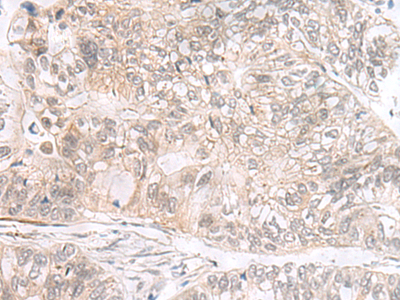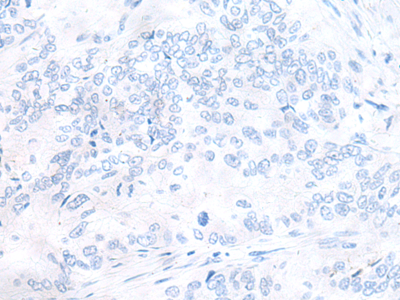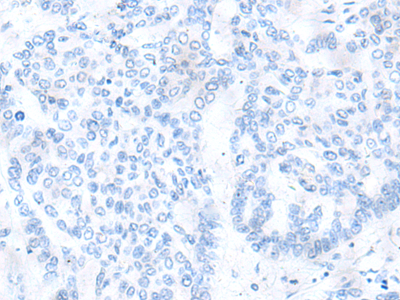| Cat.#: S220147 |
| Product Name: Anti-NOTCH2 Rabbit Polyclonal Antibody |
| Synonyms: hN2; AGS2; HJCYS |
| UNIPROT ID: Q04721 (Gene Accession – NP_077719 ) |
| Background: This gene encodes a member of the Notch family. Members of this Type 1 transmembrane protein family share structural characteristics including an extracellular domain consisting of multiple epidermal growth factor-like (EGF) repeats, and an intracellular domain consisting of multiple, different domain types. Notch family members play a role in a variety of developmental processes by controlling cell fate decisions. The Notch signaling network is an evolutionarily conserved intercellular signaling pathway which regulates interactions between physically adjacent cells. In Drosophilia, notch interaction with its cell-bound ligands (delta, serrate) establishes an intercellular signaling pathway that plays a key role in development. Homologues of the notch-ligands have also been identified in human, but precise interactions between these ligands and the human notch homologues remain to be determined. This protein is cleaved in the trans-Golgi network, and presented on the cell surface as a heterodimer. This protein functions as a receptor for membrane bound ligands, and may play a role in vascular, renal and hepatic development. Two transcript variants encoding different isoforms have been found for this gene. |
| Immunogen: Synthetic peptide of human NOTCH2 |
| Applications: ELISA, WB, IHC |
| Recommended Dilutions: IHC: 30-150;WB: 200-1000;ELISA: 5000-10000 |
| Host Species: Rabbit |
| Clonality: Rabbit Polyclonal |
| Isotype: Immunogen-specific rabbit IgG |
| Purification: Antigen affinity purification |
| Species Reactivity: Human, Mouse, Rat |
| Constituents: PBS (without Mg2+ and Ca2+), pH 7.4, 150 mM NaCl, 0.05% Sodium Azide and 40% glycerol |
| Research Areas: Epigenetics and Nuclear Signaling, Neuroscience, Signal Transduction, Stem Cells |
| Storage & Shipping: Store at -20°C. Avoid repeated freezing and thawing |

Immunohistochemistry analysis of paraffin embedded Human gastric cancer tissue using 220147(NOTCH2 Antibody) at a dilution of 1/40(Cytoplasm and Nucleus). | 
In comparision with the IHC on the left, the same paraffin-embedded Human gastric cancer tissue is first treated with the synthetic peptide and then with 220147(Anti-NOTCH2 Antibody) at dilution 1/40. | 
The image on the left is immunohistochemistry of paraffin-embedded Human liver cancer tissue using 220147(Anti-NOTCH2 Antibody) at a dilution of 1/40. | 
In comparision with the IHC on the left, the same paraffin-embedded Human liver cancer tissue is first treated with synthetic peptide and then with D261042(Anti-NOTCH2 Antibody) at dilution 1/40. | 
Gel: 6%SDS-PAGE, Lysate: 40 μg;
Lane: HepG2 cell lysate;
Primary antibody: 220147(NOTCH2 Antibody) at dilution 1/400;
Secondary antibody: HRP-conjugated Goat anti rabbit IgG at 1/5000 dilution;
Exposure time: 2 minutes | |
|















